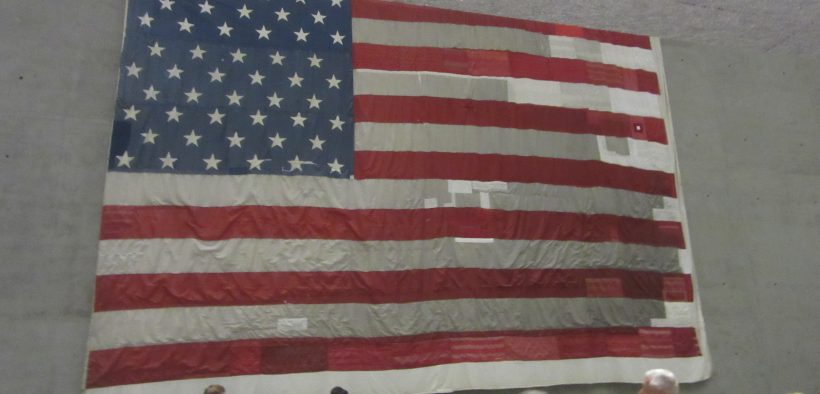Student Discusses Safe Spaces and the Right to Free Speech
Share

By Landon Brown
January, 2016: a disturbing development at Oxford University occurred as the school’s first female vice chancellor, Louise Richardson, spoke to students. Instead of assuring students that they would be provided a community that protects them, she took the opportunity to trivialize the need for safe spaces, classifying them as a burden on intellectual discourse. Additionally, this came at a time when students were fighting to remove an offensive statue of colonialist Cecil Rhodes (and donor of the Rhodes Scholarship).
Such an unfortunate turn of events in an institution where students should be made to feel safe and comfortable is alarming. Fortunately, across the United States’ greatest institutions of higher learning, students are standing up for their right to not be confronted with offensive viewpoints. By advocating for the establishment of safe spaces, students are able to offer a location where people are free from having their convictions questioned.
Take students at Princeton University who in December, 2015 protested the treatment of racial minorities through the naming of a building after racist, Princeton alumnus, and former university president, Woodrow Wilson. The Black Justice League (BJL) demanded that the building be renamed and that Princeton create a safer space for students who felt oppressed every time they had to walk by a building named after a university president. While some criticized the protest as an attempt to stifle free speech, the BJL pointed out that speech can be harmful and that it is crucial not to “intellectualize [the] discussion to the extent that it becomes wholly divorced from the experiences of students.”
This touches on a significant point: that free speech must end as soon as it harms someone. Since many conversations about gender and race can include problematic viewpoints that could belittle the experiences of others, it may just be better to not have these conversations at all.
However, it is not always possible to protect college communities from such debates. In these cases, it is important to provide a designated safe space, where students can go and recover from the trauma of differing opinions. One laudable solution was demonstrated the Fall of 2014 by Katherine Byron, a senior at Brown University. After hearing that a debate on rape would be held where she believed the term “rape culture” was likely to be criticized, she was alarmed that the experiences of some female students could be invalidated. As president of Brown’s Sexual Assault Task Force, she organized a talk that would be held simultaneously to the debate that would discuss the role of culture in sexual assault without any traumatizing dissenting beliefs.
Additionally, a safe space was provided during the debate to help students recuperate from any triggering language. The room included many features to put victims at ease including cookies, coloring books, bubbles, Play-Doh, calming music, pillows, blankets and a video of frolicking puppies.
This is just one way to maintain a secure community at universities facing similar problems. Whether it be through censorship or willful ignorance, it is important that an environment be maintained, where students do not feel threatened, and universities are not “intellectualized.”
